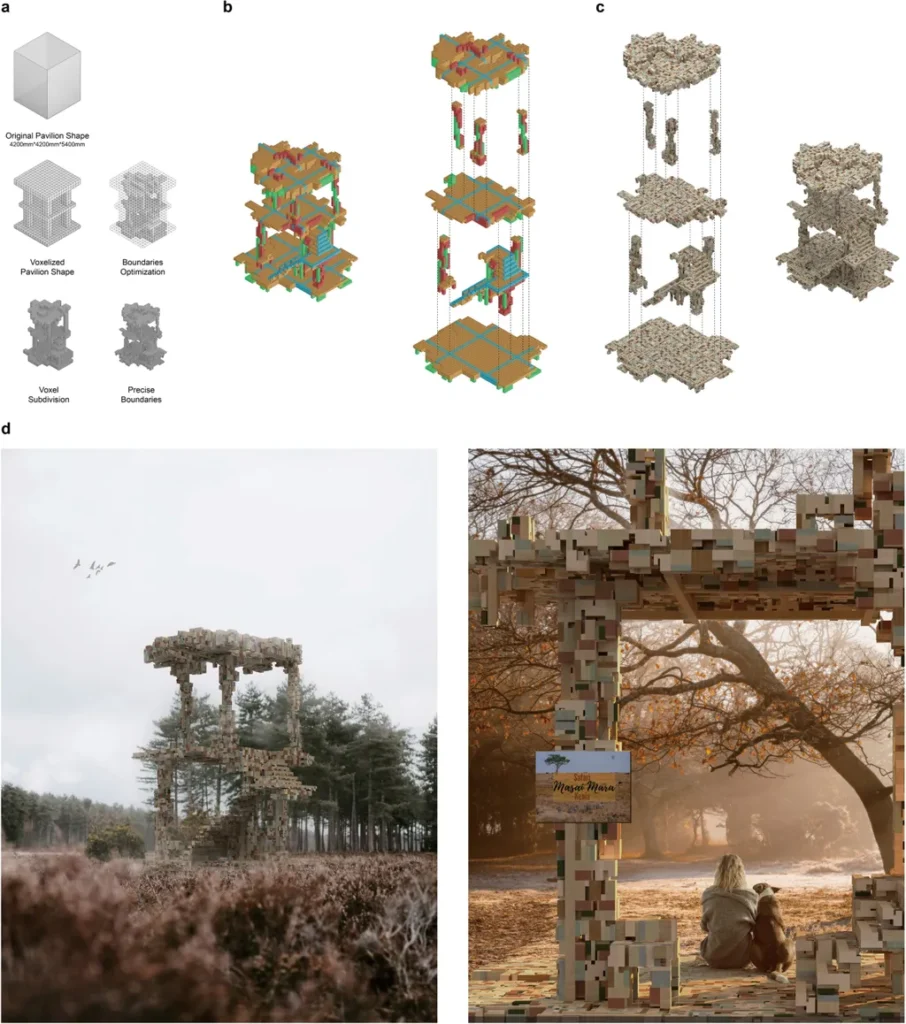In a world increasingly conscious of environmental impacts, the construction industry is under pressure to adopt sustainable practices. A recent study published in the *Journal of Sustainable Construction Materials and Technologies* (translated from Turkish as *Journal of Sustainable Building Materials and Technologies*) sheds light on the environmental performance of timber buildings, offering insights that could reshape the industry’s approach to sustainable construction.
Led by Sadık Aksar from Bursa Uludag University’s Department of Architecture, the research compares the life cycle environmental impacts of traditional and contemporary timber construction methods. Using the One Click LCA software, Aksar and his team evaluated three structural systems: traditional log construction, platform frame construction, and modern cross-laminated timber (CLT) panels. The study considered four key impact categories: global warming potential, acidification, eutrophication, and ozone depletion.
The findings reveal that the use phase, particularly energy consumption, is the most significant contributor to environmental impact across all systems. However, notable differences emerged in the production and end-of-life stages. Traditional log construction showed the lowest overall impacts, while CLT panels, despite higher production impacts, offered advantages in durability and prefabrication.
“This study highlights the importance of considering the entire life cycle of buildings, not just their operational energy use,” Aksar noted. “By understanding the environmental trade-offs, we can make more informed decisions about the materials and construction methods we use.”
The research underscores the potential of timber as a sustainable building material, particularly in the context of the energy sector. As buildings account for a significant portion of global energy consumption, the insights from this study could drive the development of more energy-efficient and sustainable construction practices.
Moreover, the study’s comparative analysis provides a valuable framework for assessing the environmental performance of different timber construction systems. This could guide architects, engineers, and policymakers in selecting the most sustainable options for their projects.
As the construction industry continues to evolve, the findings from this research could shape future developments in timber construction. By emphasizing the importance of life cycle assessment and sustainable practices, the study contributes to the ongoing efforts to reduce the environmental impact of buildings and promote a more sustainable future.
In the words of Aksar, “The future of construction lies in our ability to balance environmental responsibility with practical considerations. This research is a step towards achieving that balance.”

